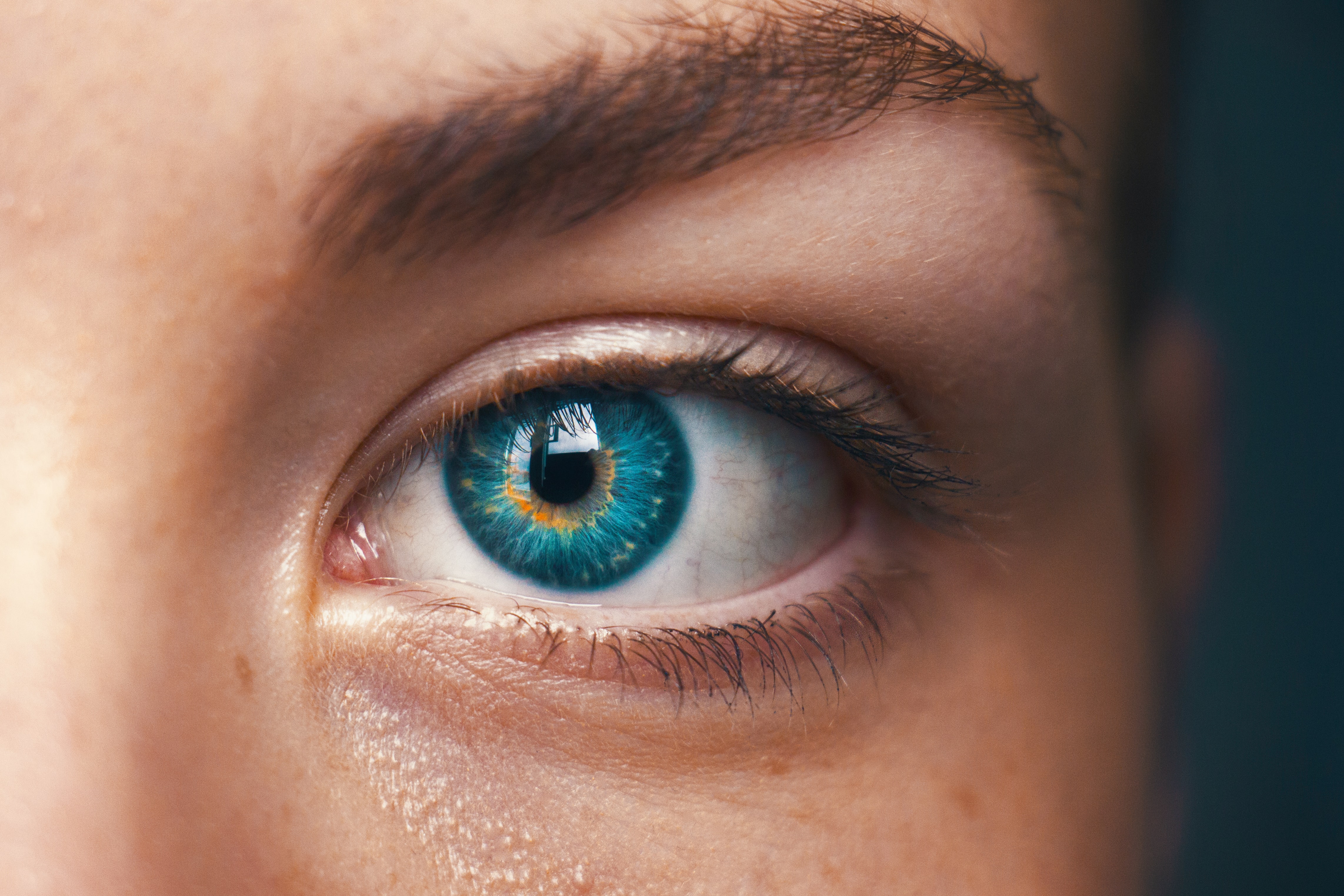Media release
From: Springer NatureAn artificial eye that mimics the structure of the human eye is described in Nature this week. The biomimetic eye has the potential to achieve high image resolution that could have applications in robotics and scientific instruments.
Human eyes have a wide field of view, excellent resolution and are highly sensitive to light, all as a result of the domed shape of the retina and the vast numbers of photoreceptor cells — around ten million per square centimetre. Recreating synthetic eyes that mimic these characteristics is of interest to the field of robotics and for the development of prosthetic visual devices. However, the shape and composition of the retina makes it challenging to fabricate an artificial analogue.
Zhiyong Fan and colleagues present a new design: a hemispherical artificial retina containing densely packed, light-sensitive nanowires made from a perovskite — a promising material for solar cells — which mimic the photoreceptors of the human eye. They show that the device can ‘see’ by reconstructing images (the letters ‘E’, ‘I’ and ‘Y’) viewed by the artificial eye. The proof-of-concept device has low resolution because the array consists of just 100 pixels (each pixel has three nanowires). However, the authors propose that their design has the potential to have even better resolution than human eyes, as it is possible to increase the density of nanowires to more than ten times that of photoreceptors in the human eye.


